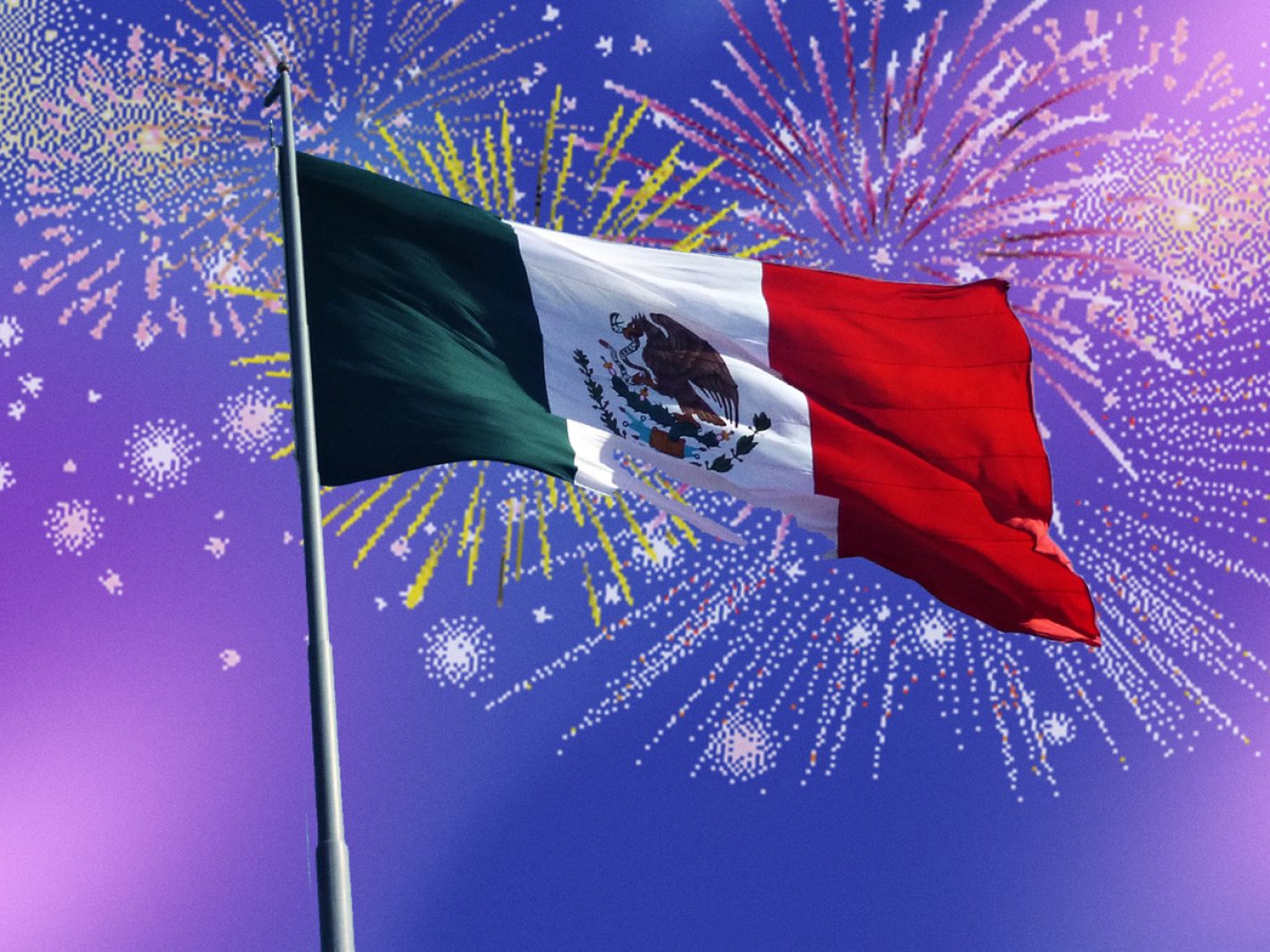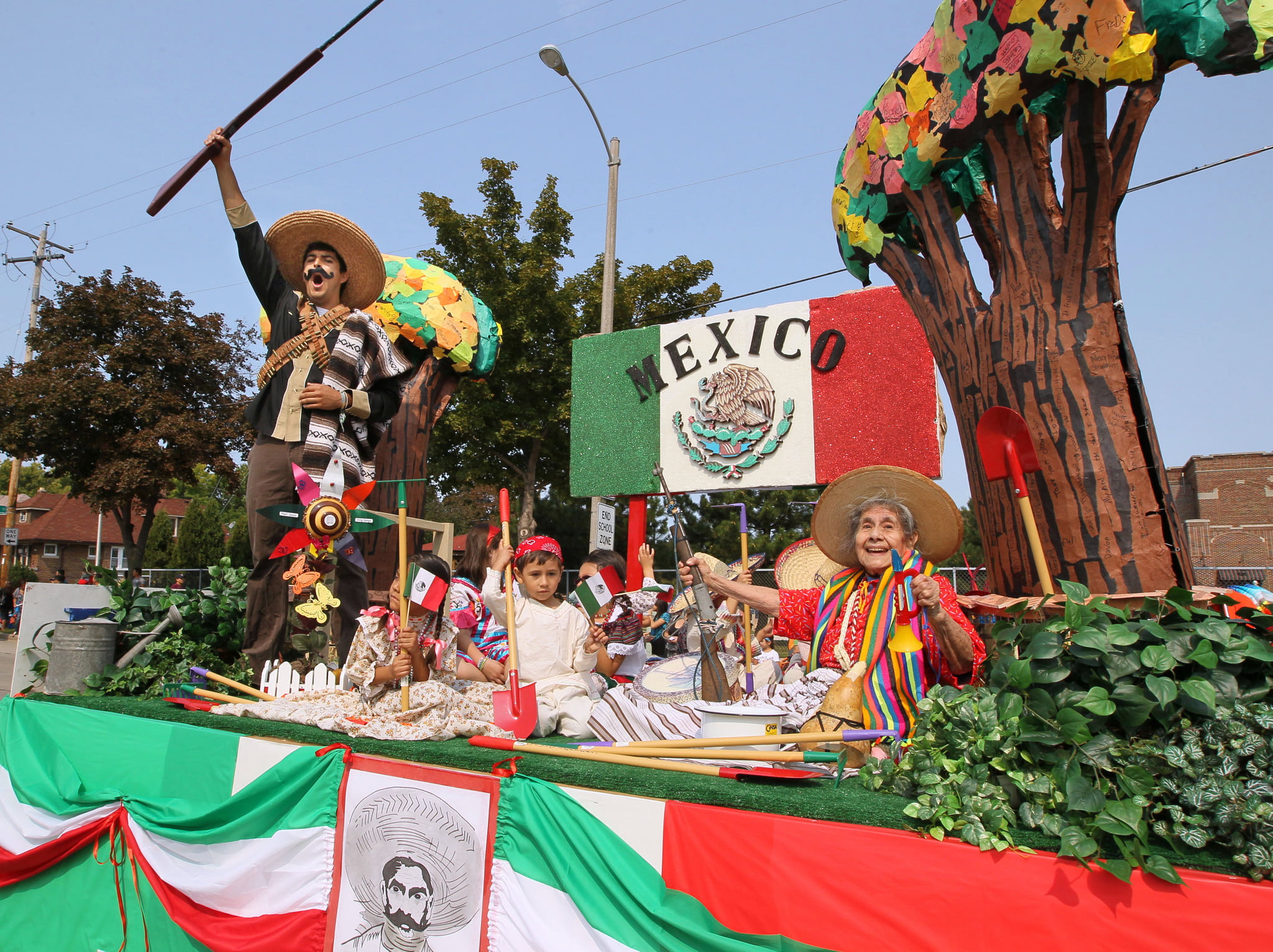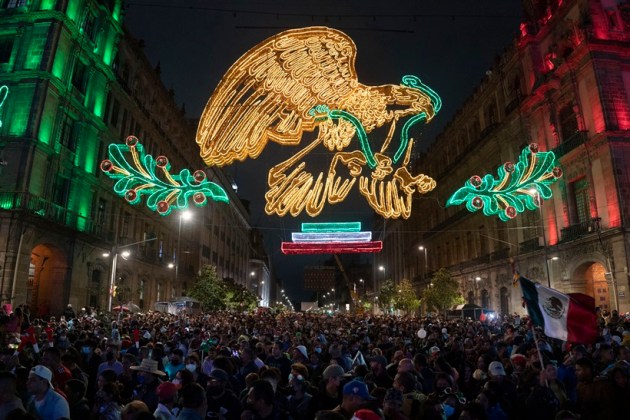Mexico’s Independence Day: A Celebration of Freedom and Identity
Related Articles: Mexico’s Independence Day: A Celebration of Freedom and Identity
Introduction
With great pleasure, we will explore the intriguing topic related to Mexico’s Independence Day: A Celebration of Freedom and Identity. Let’s weave interesting information and offer fresh perspectives to the readers.
Table of Content
Mexico’s Independence Day: A Celebration of Freedom and Identity

Mexico’s Independence Day, celebrated annually on September 16th, commemorates the country’s declaration of independence from Spain in 1810. This momentous occasion is a vibrant national holiday, a time for reflection, celebration, and a reaffirmation of Mexican identity.
The Historical Context
The road to Mexican independence was a long and arduous one, marked by years of struggle and sacrifice. It began with the "Grito de Dolores," a call to arms issued by Father Miguel Hidalgo y Costilla on September 16, 1810, in the small town of Dolores Hidalgo. This "cry" ignited a rebellion against Spanish rule, sparking a decade-long war for independence.
The fight was led by a succession of heroes, including José María Morelos y Pavón, who drafted the first Mexican constitution, and Vicente Guerrero, who played a pivotal role in securing independence. After years of bloodshed and countless battles, Mexico finally achieved its independence on September 27, 1821, with the signing of the Treaty of Córdoba.
Celebrating Independence Day
September 16th is a day of national pride and celebration. The day begins with the traditional "Grito de Dolores," re-enacted by the President of Mexico from the balcony of the National Palace in Mexico City. Thousands of Mexicans gather in the Zócalo, the city’s main square, to witness this historic act, which is broadcast live across the country.
The "Grito" is followed by a vibrant parade featuring colorful floats, marching bands, and traditional dancers. Mexican flags are displayed prominently, and the air is filled with the sounds of mariachi music and the joyous shouts of the crowd.
Beyond the Celebrations
While Independence Day is a time for festive celebration, it is also an opportunity for Mexicans to reflect on their history and the sacrifices made by those who fought for their freedom. It is a reminder of the importance of national unity and the values of democracy, liberty, and self-determination.
The day also serves as a platform to highlight Mexico’s rich cultural heritage. Throughout the country, museums, theaters, and art galleries host special events and exhibitions related to Mexican history and culture. Traditional dances, music, and cuisine are showcased, offering a glimpse into the vibrant tapestry of Mexican identity.
The Importance of Independence Day
Independence Day holds immense significance for Mexico. It represents the culmination of a long and arduous struggle for freedom, a testament to the resilience and determination of the Mexican people. It is a reminder of the importance of self-governance and the right to determine one’s own destiny.
The celebration of Independence Day reinforces national pride and unity, fostering a sense of shared history and identity among Mexicans. It also serves as a reminder of the importance of safeguarding the hard-won freedoms and democratic values that define Mexico today.
FAQs about Independence Day in Mexico
1. Why is September 16th chosen as Independence Day?
September 16th marks the date of the "Grito de Dolores," the call to arms by Father Miguel Hidalgo that sparked the Mexican War of Independence.
2. What is the "Grito de Dolores"?
The "Grito de Dolores" is a cry for freedom and a call to arms against Spanish rule, issued by Father Miguel Hidalgo on September 16, 1810. It is a symbolic act that represents the beginning of the Mexican Revolution.
3. What are some traditional activities during Independence Day?
Traditional activities include the "Grito de Dolores," parades with colorful floats and marching bands, mariachi music, traditional dances, and the display of Mexican flags.
4. What are some of the historical figures associated with Mexican Independence?
Key historical figures include Father Miguel Hidalgo y Costilla, José María Morelos y Pavón, Vicente Guerrero, and Agustín de Iturbide.
5. How is Independence Day celebrated in different regions of Mexico?
While the core elements of the celebration are similar across the country, each region adds its own unique cultural flavor. From traditional dances and music to local cuisine, Independence Day celebrations reflect the diverse cultural tapestry of Mexico.
Tips for Celebrating Independence Day in Mexico
1. Attend the "Grito de Dolores" ceremony: Witness the President of Mexico re-enact the historic "Grito" from the National Palace in Mexico City.
2. Participate in parades and festivals: Join the vibrant parades and festivals that take place across the country, immersing yourself in the festive atmosphere.
3. Explore Mexican culture: Visit museums, theaters, and art galleries showcasing Mexican history and culture.
4. Indulge in traditional Mexican cuisine: Savor the rich flavors of traditional Mexican dishes, such as mole, tamales, and pozole.
5. Learn about the history of Mexican independence: Read about the key events and figures that led to Mexico’s independence, deepening your understanding of this important historical milestone.
Conclusion
Mexico’s Independence Day is a celebration of freedom, national pride, and cultural heritage. It is a time for Mexicans to reflect on their history, honor their ancestors, and reaffirm their commitment to the values of democracy, liberty, and self-determination. The vibrant celebrations and the enduring spirit of independence continue to inspire generations of Mexicans, reminding them of the hard-won freedom they enjoy today.







Closure
Thus, we hope this article has provided valuable insights into Mexico’s Independence Day: A Celebration of Freedom and Identity. We appreciate your attention to our article. See you in our next article!